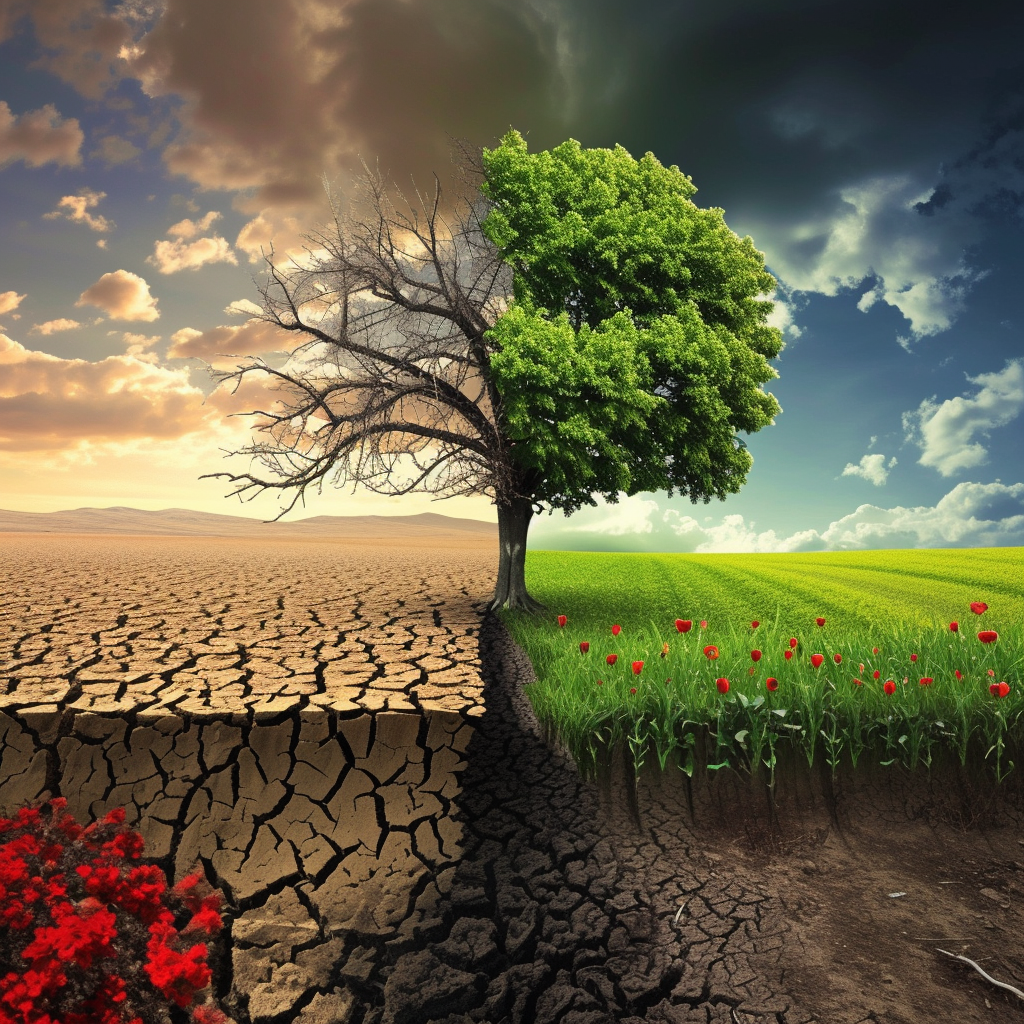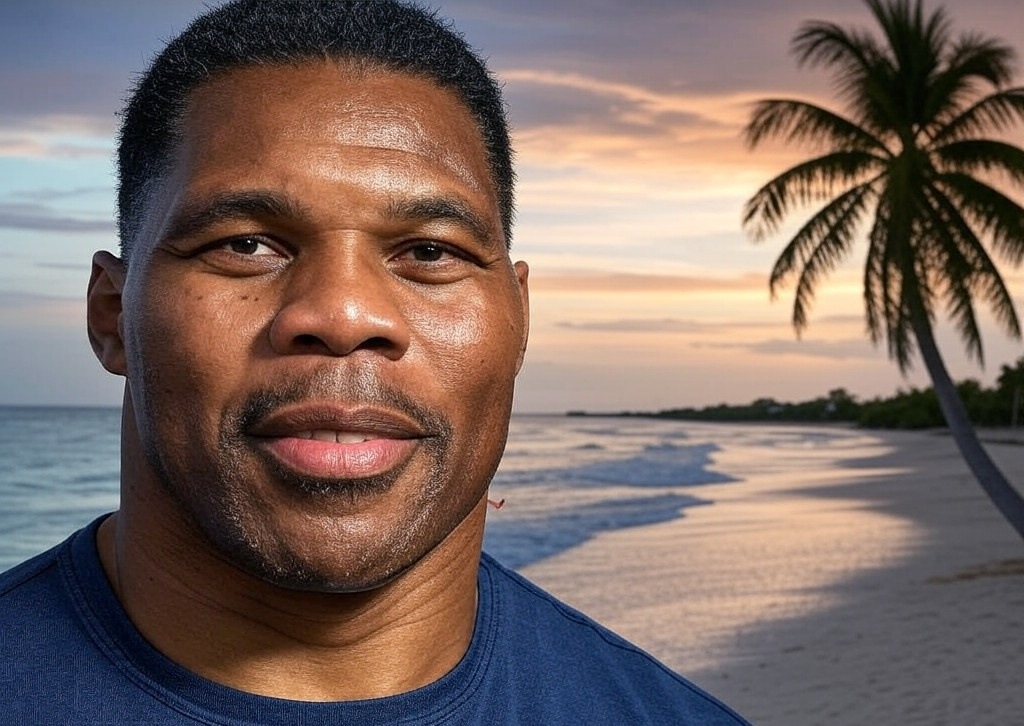Imagine you’re playing a game of Jenga. You know that if you pull out too many blocks, the tower will eventually fall. Climate change is kind of like that Jenga tower. If we push it too far by heating up our planet, we could trigger something called “tipping points,” where the environment changes so drastically that there’s no going back. A new study published in the journal of Nature looks at how close we really are to a tipping point.
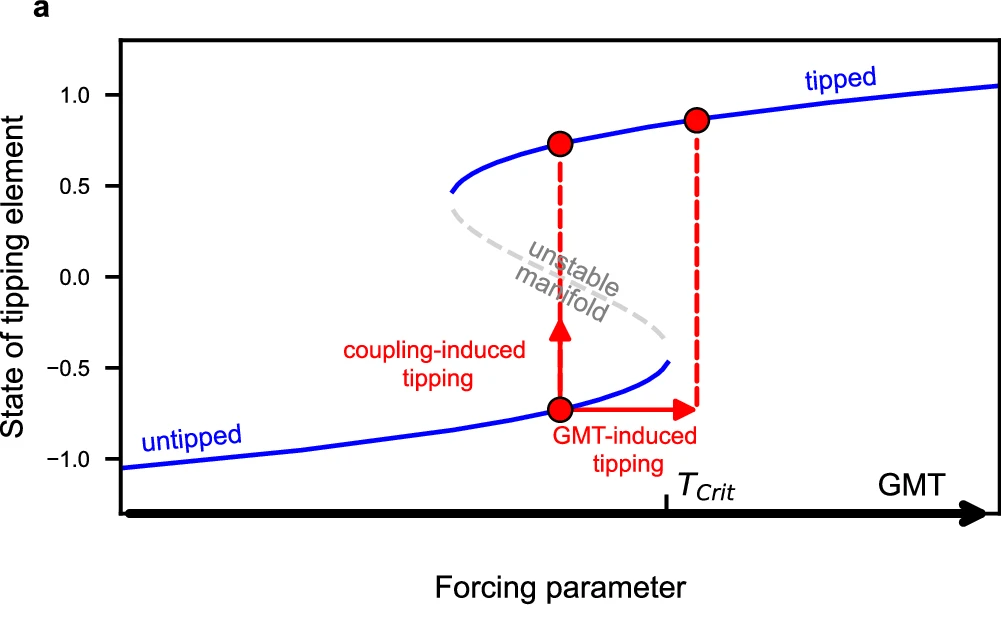
Tipping points are like those moments when you pull out a Jenga block, and the tower wobbles. If the planet’s temperature rises too much, certain parts of our climate system could reach a point where they start to collapse or change rapidly. For example, ice sheets could start melting uncontrollably, leading to massive sea-level rise. The scary part? Once these tipping points are triggered, even if we manage to reduce global temperatures later, the damage might already be done.
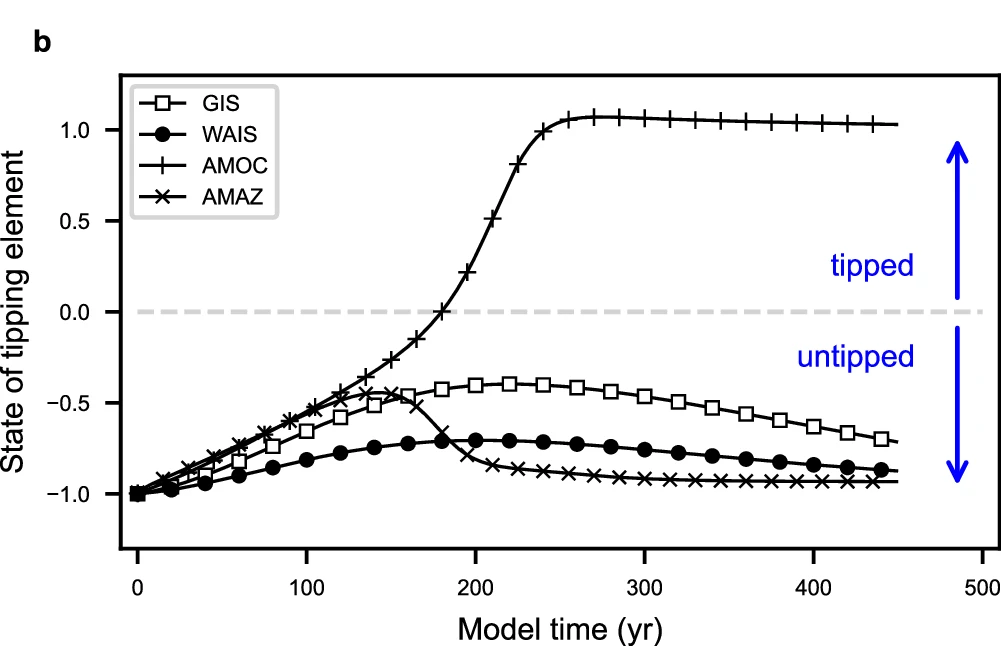
Right now, the world’s governments have plans in place to try to keep global temperatures from rising too much. The goal is to limit warming to 1.5°C (that’s 2.7°F) above what temperatures were before the industrial revolution. But the study shows that even if we manage to hit that target, there’s still a 45% chance that we could trigger one of these tipping points by the year 2300. That risk shoots up to 76% if we allow temperatures to overshoot 1.5°C before bringing them back down.
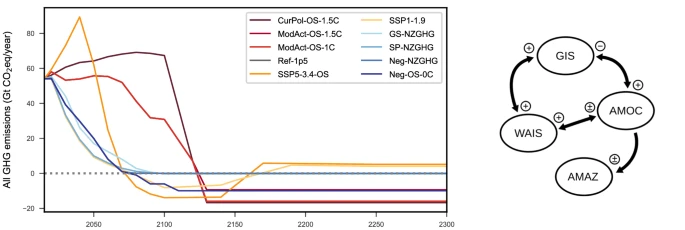
It might seem like a tiny change, but every little bit counts. For every 0.1°C increase in global temperature above the 1.5°C target, the risk of hitting a tipping point goes up by more than 3%. That’s like pulling out one more block from the Jenga tower—each small change can make a big difference.
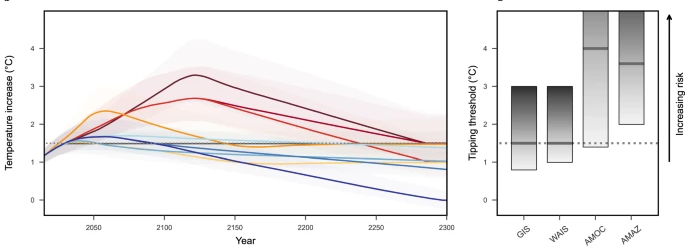
Even if we do manage to cool the planet back down to safer levels, the effects of overshooting 1.5°C could last for thousands of years. For instance, sea levels could keep rising for up to 10,000 years because the ice sheets in Greenland and Antarctica take a long time to react to temperature changes. This means that our actions today could have consequences for many generations to come.
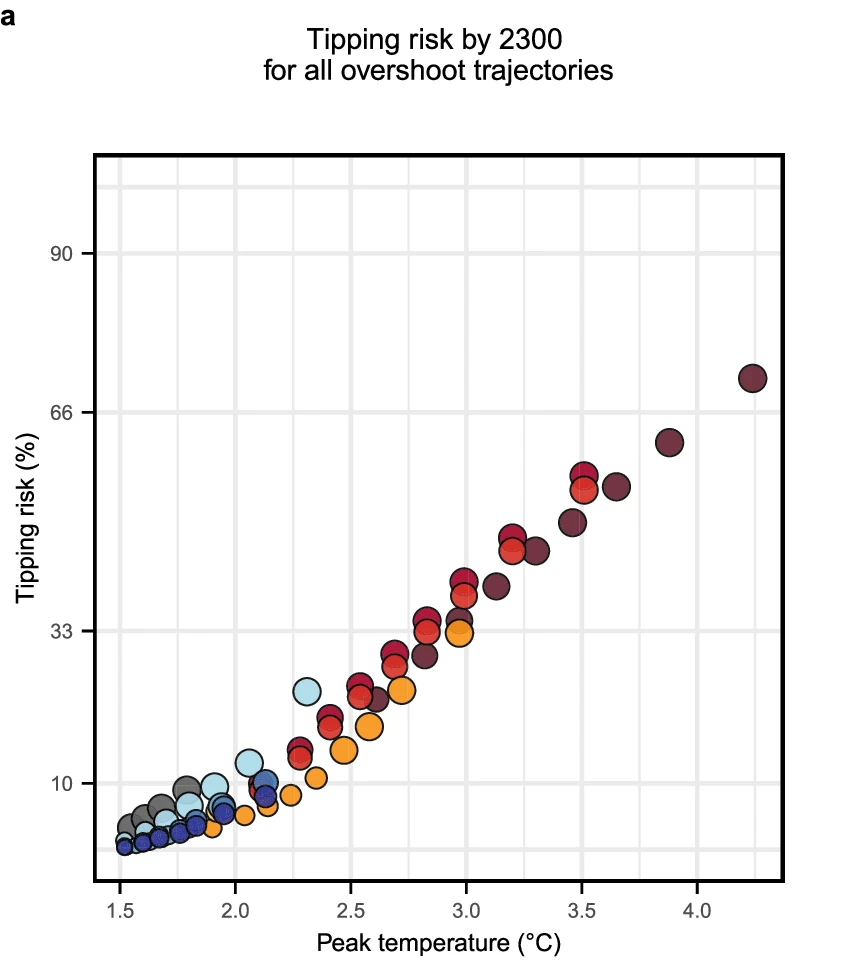
The best way to avoid these tipping points is to stop adding greenhouse gases, like carbon dioxide, to the atmosphere as soon as possible. This means reaching “net zero” emissions, where we are not adding more greenhouse gases than we can remove from the atmosphere. The study suggests that just keeping the temperature at or below 1.5°C might not be enough—we might need to bring it even lower to stay safe.
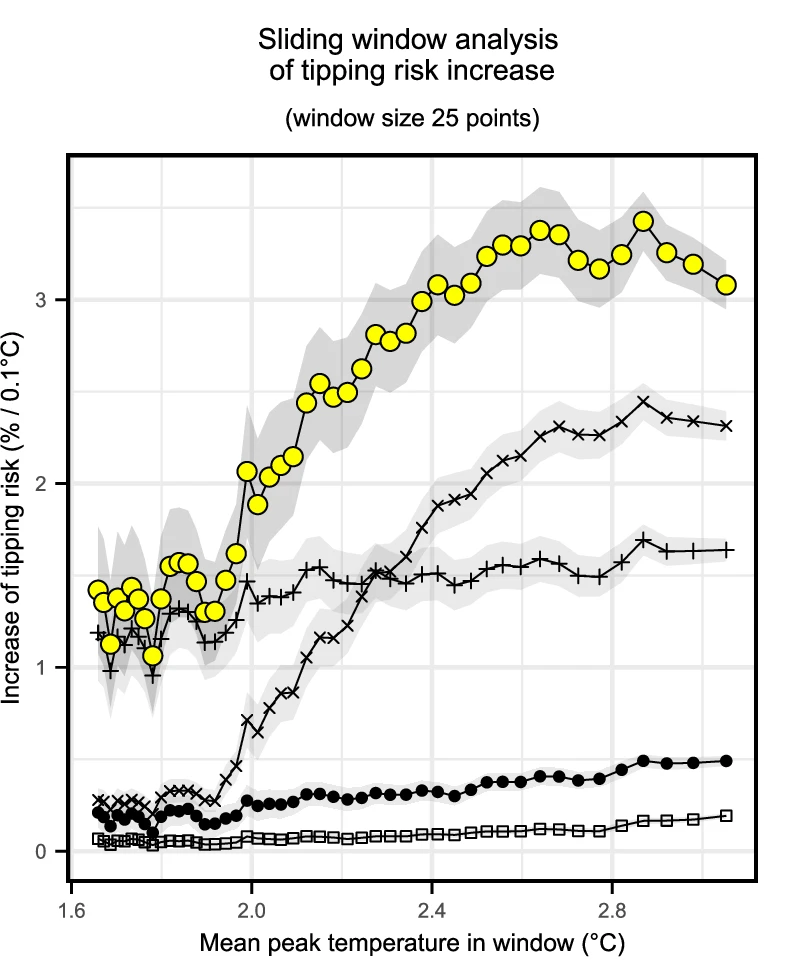
The study also points out that we don’t know everything about how the climate will react in the future. Some areas might change in ways we don’t expect, and there’s a chance that some tipping points might already be in the process of happening. This is why scientists are urging us to act quickly and not take any risks with our planet’s future.
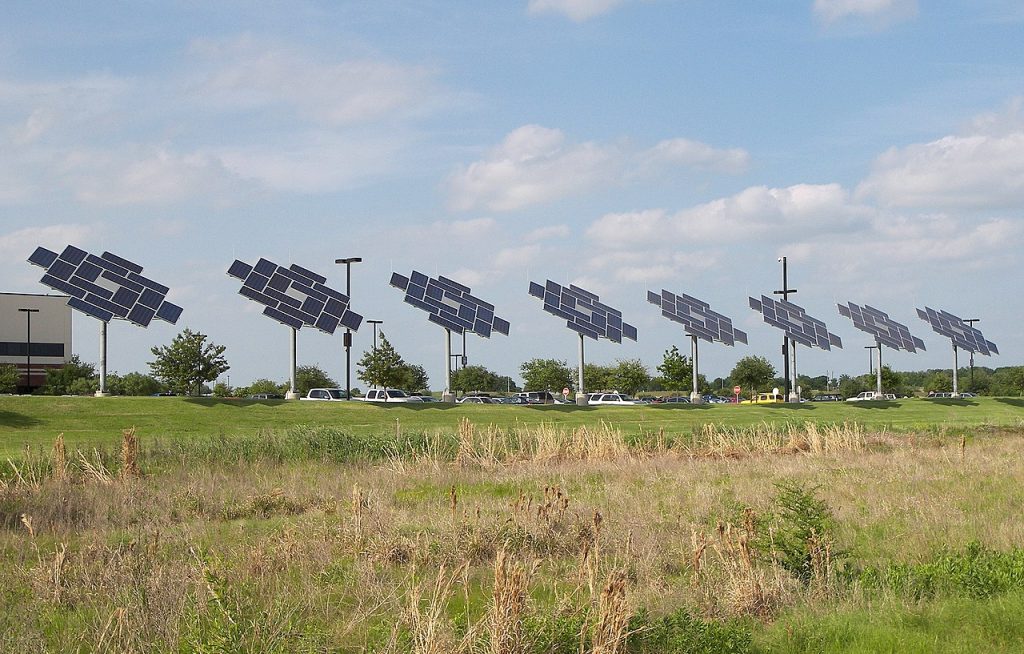
Reaching net zero is a big challenge. It involves cutting down on the amount of greenhouse gases we produce and finding ways to remove them from the atmosphere. But some of the methods we could use, like planting lots of trees or using technology to capture carbon, come with their own problems. For example, planting too many trees could take up land that we need to grow food.

The bottom line is that the current plans are not enough. To protect our planet from dangerous tipping points, we need to be much more aggressive in cutting greenhouse gas emissions. The Paris Agreement, which is an international effort to combat climate change, aims to keep global warming well below 2°C. But this study shows that we might need to do even better than that, aiming for lower temperatures to be truly safe.
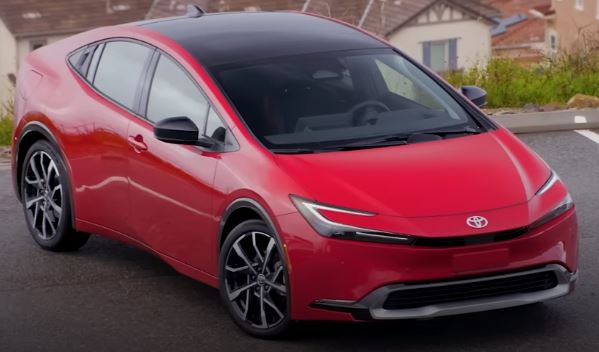
You might think, “I’m just one person—what can I do?” But every little bit helps. You can reduce your carbon footprint by using less energy, recycling, and supporting policies that fight climate change. The future is in our hands, and together, we can build a safer, more stable world. So, just like in Jenga, it’s important to make smart moves and avoid taking unnecessary risks. Our planet is the only home we have, and it’s up to all of us to keep it standing tall.


